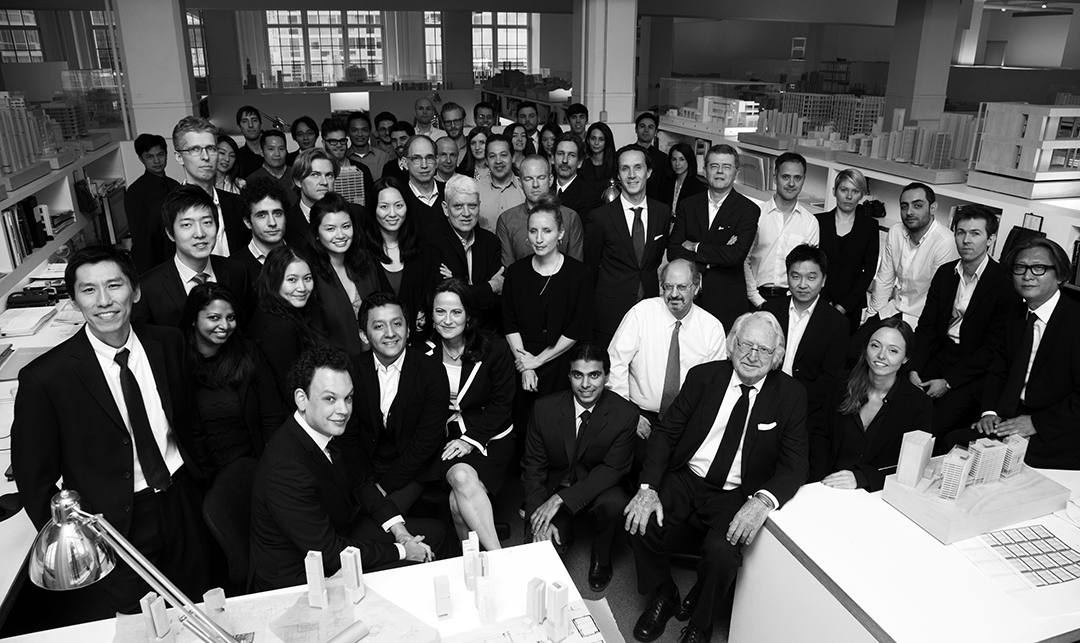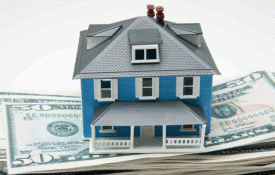In today’s real estate market, smart home technology is the “norm” rather than an ancillary feature. In a survey conducted by Coldwell Banker, sales associates were asked which home features were important to potential buyers, and over 60% noted that buyers want homes with smart features that can be accessed through their mobile devices. This survey stays in line with the exponential rise in the development of convenience technology. Many homeowners are now upgrading their properties to include smart home technology, so when they are ready to sell, they can command a higher price.
As a result of this new standard, more buyers want and expect smart homes that forethink their future needs, while avoiding the exercise of demolition and construction. In order to achieve this goal, smart homes require network cabling with robust WiFi. Ideally a homeowner will make this investment during a rebuild or remodel phase to capture an optimal return.
With the advanced cabling and WiFi in place, homeowners can utilize devices and services like video doorbells, security cameras, lighting fixtures, window shades, speakers, televisions, and Amazon Alexa products. However, the most luxurious approach to integrating this technology requires a control system.
[To read more of Aramis Hernandez’s thought leadership click here]
Two Leaders in Home Automation
The two leading developers of home automation systems are Crestron and Savant. Crestron has a long history innovating smart home technology. With Creston, all smart devices can be controlled from one screen, while providing granular functions such as dimming a light, turning on the air conditioning, heating a pool or locking doors. In response to the quickly evolving smart home market, Creston offers long lasting support for their products, reassuring home owners of their investment’s sustainability.
Alternatively, Savant has recently leaped into the cutting-edge in the smart home market. By introducing the benefits of a cloud-based home automation system, Savant’s approach to smart homes focuses on providing the homeowner simple and direct access to the various devices, even when the homeowner is away.
In comparison, Crestron provides the ability to manage a magnitude of devices, while providing preset controls to the homeowner. Savant’s “Apple-esque” design provides the homeowner with various customizations and is readily available from any device.
A properly designed smart home delivers a unique first impression, which allows a potential buyer the ability to recognize long-term value.
As a result of this new standard, more buyers want and expect smart homes that forethink their future needs, while avoiding the exercise of demolition and construction. In order to achieve this goal, smart homes require network cabling with robust WiFi.
Technology for Commercial Real Estate
Unlike the residential market, commercial spaces are predominantly automated by Crestron. Their various currently available solutions deliver many operational benefits including high-quality sound and video, presentation management, conference room scheduling, and video conferencing.
Efficiency is another major factor pushing the demand for technology in the workplace. The ability to manage resources such as power, lighting, and temperature address conservation efforts and maximize utility savings. Crestron’s business products are also built with extended longevity in mind, allowing for commercial spaces to scale while holding value that can be highlighted to attract new or top-tier tenants.
Investment Breakdown
At any level, a full featured automation system investment ranges from $15,000 to over $1M. The typical deciding factors are the number of devices that need to be connected and automated, configuring their respective features and the creation of a simple interface for the users to manage the entire system. Examples of variables to consider when gauging the mix of luxury and practical utilization include types of displays (televisions vs. projectors), room design and aesthetics, lifestyle brands, and vetted products.
Considering the sophistication and dependability these smart home and commercial systems must sustain, an ongoing cost is associated with every installation. Similar to other upkeep costs, the systems are continuously evolving, and owners should expect to remain vigilant in order to protect their investment. Fortunately, the initial capital expense is outweighed by the long-term cost of ownership; a yearly maintenance plan for many of these systems averages between 8% and 12% of the total cost of the system.
Over the past ten years, INC Technologies’ smart home division has seen steady growth with a 35% increase in yearly sales. Due to our unique all-inclusive approach, homeowners and investors can turn to one company for IT, networking, access control, video security, audio-video, and home theaters. We are leading innovators for smart home and office technology as well as providing managed technology solutions to mid-sized companies and high net worth clients.













































